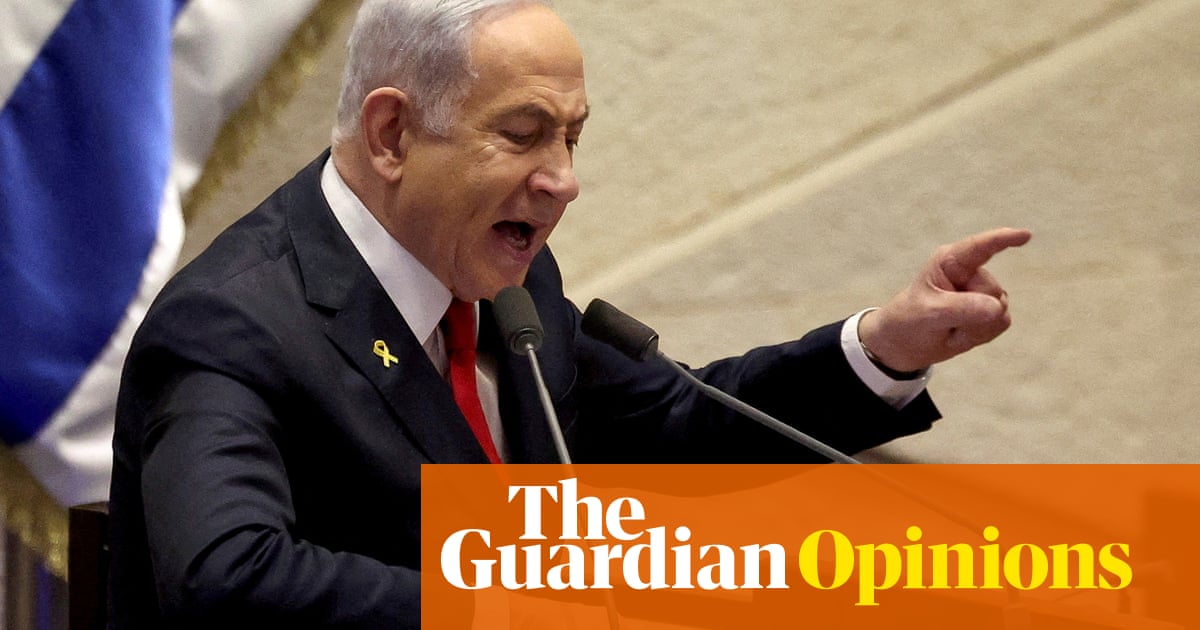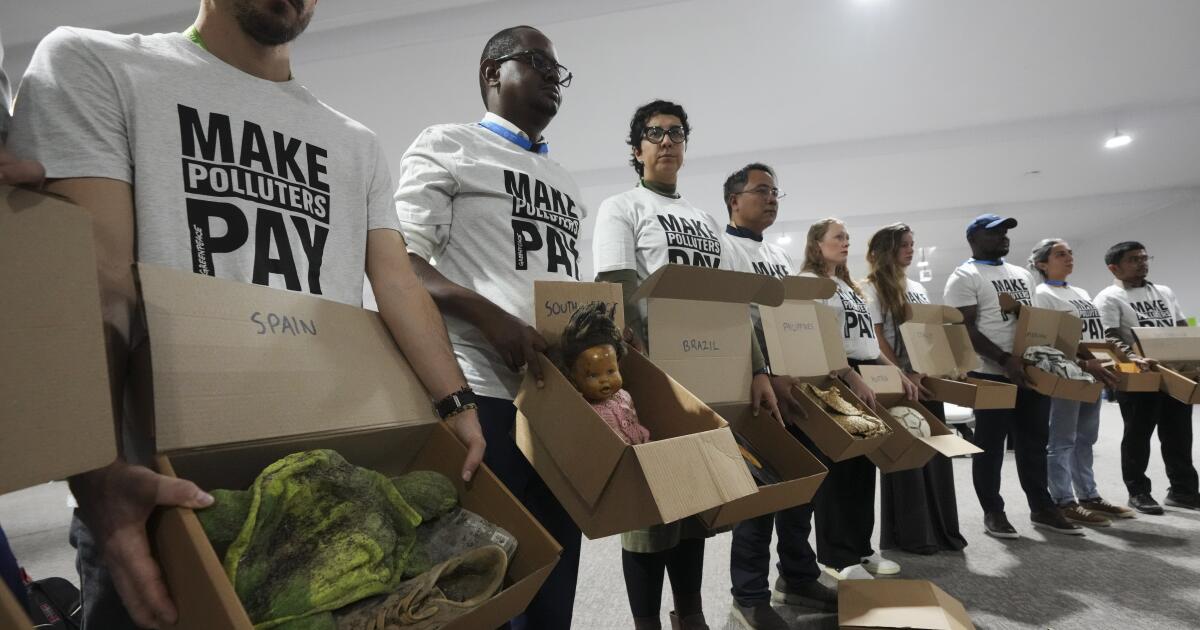In the days after October 7, President Joe Biden strived to translate the magnitude of Israel’s horror and grief to Americans by framing it in the context of our own catastrophes. Since the terrorist attack, it’s been likened to Israel’s 9/11, but for a nation the size of Israel, it felt like fifteen 9/11s. Imagine enduring that level of trauma and loss. Nearly two years later, the Gaza death toll is estimated to be over 61,000 out of its 2 million residents. The U.S. seems disconnected from helping people understand this scale of grief. In our terms, it might equate to 2,500 9/11s. Some cast doubt on the death toll, saying it’s from Hamas’s Ministry of Health. However, The Lancet assessed the data and found the true number is likely higher. Gaza, a strip about the size of Detroit, has had over 100,000 tons of explosives dropped on it since October 7 — more than what hit Dresden, Hamburg, and London combined in WWII. Aerial views show 70% of Gaza’s structures are destroyed or heavily damaged. This burden of bombing such a densely populated area inevitably leads to mass casualties.
But it’s not just death. Israel also curtailed the food supply into Gaza. Aid organizations warned of rising hunger and potential famine. In March, Israel blockaded Gaza for 11 weeks, dismantling the U.N.’s aid system and replacing it with four poorly managed sites by inexperienced contractors. Famine is spreading, with people dying from starvation.
Images and stories of starving children with bowls out asking for help haunt social media. Some parents express relief, albeit tragic, when their children fall victim to war rather than facing starvation. If claims of propaganda were false, Israel could easily allow reporters and inspectors to verify. Yet, restricting access indicates it isn’t just propaganda — it’s a policy of hunger, a weapon of war enforcing a siege.
Two years later, the siege seems less about destroying Hamas, as a group of ex-Israeli officials stated Hamas isn’t a strategic threat anymore. Israel’s stance appears puzzling, risking hostages’ lives in the same starvation trap. Israel’s hostage families group accused Netanyahu of dooming them. Is the goal forcing Hamas into submission by starving Gazans? Threatening tens of thousands to death violates international law, aligning it with war crimes and crimes against humanity, and as some argue, genocide.
Once, identifying as sceptical, even I reconsidered after hearing South Africa’s genocide accusation against Israel in the International Court of Justice. Initially, resisting the narrative, Israel was defending itself from attack. But as various credible organizations including Amnesty International, B’Tselem, and others shaped their view, labeling the actions genocidal began making grim sense.
Rafael Lemkin, who coined the term genocide, was shaped by witnessing the devastation of Jewish and other groups, his work originating from a desire to protect people from mass atrocity. His journey began post-1921 when a Berlin court prosecuted an Armenian for avenging the massacre of his people — his professor remarked that citizens were their state’s property, highlighting the absence of individual protections. Lemkin’s ideology was revolutionary for introducing genocidal concepts to international law.
Lauterpacht, another key figure, opposed Lemkin’s group-based protections, advocating individual rights. Yet both these legal paths led to the 1945 Nuremberg trials, establishing war crimes, crimes against humanity, and embryonic genocide judgments later causing controversy with perceptions, as scholars differ in interpretation even now. Yet intent remains the elusive proof required to substantiate genocide claims legally.
Today, as governments and scholars like Philippe Sands deliberate, the terminology of genocide reveals the complex emotional and historical layers entwined in this tragedy. Understanding Israel’s actions towards Gaza, marinated in this fraught legal framework, demands exploring whether overlapping motives allow genocidal inference: hunger and infrastructure destruction as tactics bear heavy ethical weight. Each debate thread trod reveals intent laced not overtly, but in silent acts and denied futures, confirming a narrative where legal judgment battles public conscience, leaving reflections on power, memory, and unresolved suffering.

















